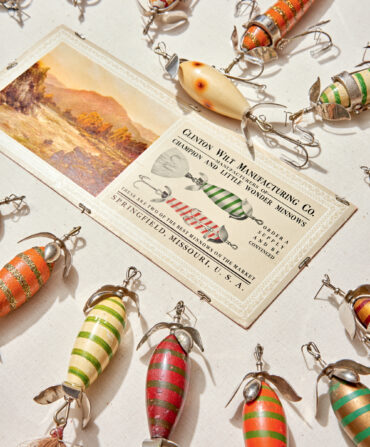You might have stored your flip-flops for the winter, but you’re making a mistake if you let your fly rods gather dust. Cold-weather trout fishing in the South can be surprisingly steady—and occasionally epic. On tailwaters, meaning rivers that have been dammed for hydropower, reduced power generation in the winter months can turn formerly swift rivers into long wadable stretches of angler-friendly water. Fishing nymphs through deep runs is a standard tactic, but a warming stretch of just a couple days of sunny winter skies can be enough to kick off a serious hatch of blue-winged olives, midges, and even caddisflies on smaller streams. And everywhere, summer crowds vanish. That lack of pressure can drop a trout’s defenses. Fly-snatching trees are void of fly-eating leaves, and the trout can be very willing to play. “Their metabolism slows in the winter,” says Matt Maness of High Country Boats, who runs both drift boat and wading trips in western North Carolina and eastern Tennessee. “But trout still have to eat.”
You might as well be the one to feed them.

One of the best targets for winter fishing are the so-called Delayed Harvest waters. In a growing trend, a number of Southern states heavily stock streams in the fall and winter that might be too warm to support many trout in the middle of summer. These stretches are typically designated as single-hook, catch-and-release waters throughout the cooler months, which keeps angler numbers down, and holdover fish can easily break the magic 20-inch mark for trophy Southern trout.
It was on one such small stream that Maness had one of his most memorable winter days. A brutal cold front had iced over his favorite trout waters, but a client was game to brave the elements. Maness broke ice down the middle of a few prime runs one morning, and when he and his angler returned a few hours later, “we whacked the fish,” he says. “They were hungry. They hadn’t been messed with for days and maybe weeks, and they were just crushing our flies.”

A story like that should warm you to your double-wool-socked toes. And send you fishing for your flybox while everyone else is hunkering down.








